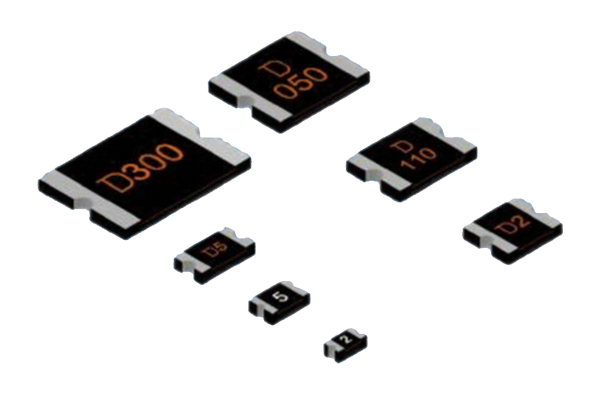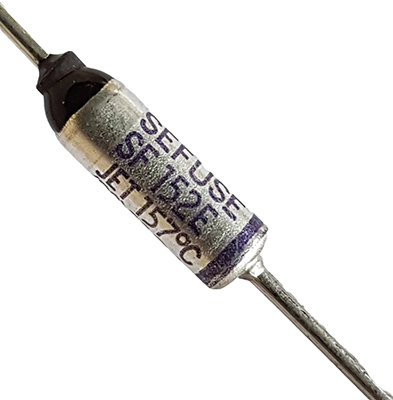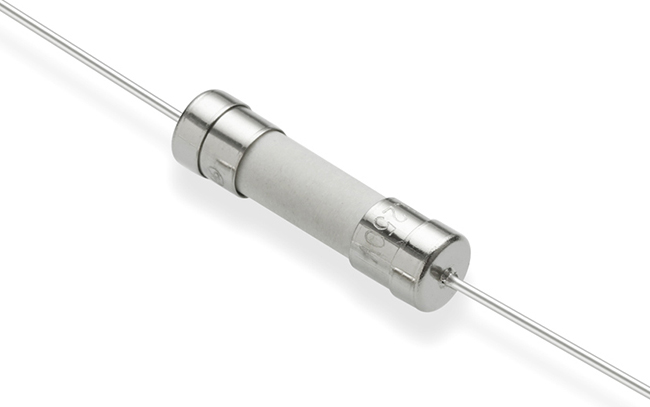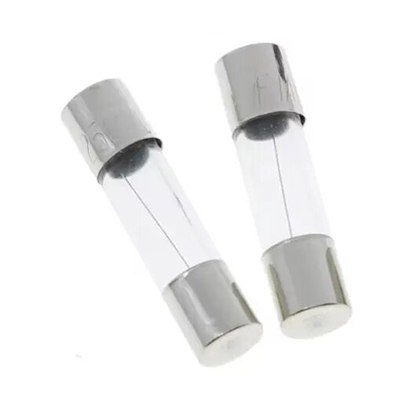
Glass Fuse: Time-Tested Overcurrent Protection Device
Introduction
A glass fuse is a traditional one-time overcurrent protection component enclosed in a glass housing, designed to break circuits when excessive current flows, preventing device damage and safety risks. Widely used in consumer electronics, automotive systems, household appliances, and industrial equipment, glass fuses offer clear visual indication of tripping, stable performance, and cost-effectiveness. Whether for radios, car lighting, or power tools, selecting the right glass fuse ensures reliable circuit protection and compliance with safety standards.
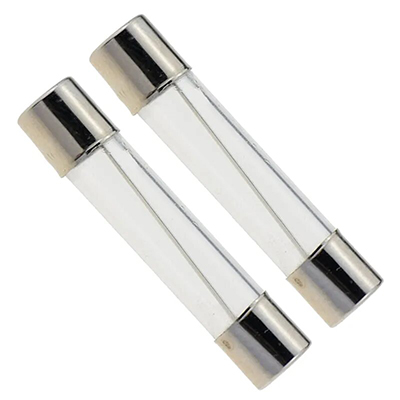
What is a Glass Fuse and Its Operating Principle?
A glass fuse consists of a thin fusible metal wire (usually tin, lead, or copper alloy) sealed inside a cylindrical glass tube, with metal end caps for electrical connection. Under normal operating conditions, the fusible wire conducts current smoothly. When an overcurrent event occurs—such as a short circuit or overload—the wire heats up rapidly due to Joule heating. Once the temperature reaches the wire’s melting point, it breaks, interrupting the circuit and stopping the abnormal current flow. The glass housing provides insulation and allows visual inspection: a broken wire indicates the fuse has tripped, requiring replacement. This simple yet effective mechanism makes glass fuses a staple in basic overcurrent protection scenarios.
Primary Application Fields of Glass Fuses
Glass fuses are widely applied in fields that value cost-effectiveness and straightforward protection. In the consumer electronics field, they are used in radios, televisions, audio equipment, and vintage electronic devices to protect internal circuits from current surges. The automotive field utilizes glass fuses in older vehicle models, auxiliary lighting systems, and car audio setups, where their compact size and affordability are advantageous. In the household appliance field, glass fuses are found in small appliances like blenders, toasters, and fans, safeguarding against motor overloads. Additionally, they are used in industrial control panels for low-power circuits, test equipment (such as multimeters), and lighting fixtures (including LED drivers for basic applications) to ensure safe operation.
Industries Utilizing Glass Fuses
Glass fuses remain relevant across several industries with specific protection needs. The consumer electronics repair industry relies heavily on glass fuses for restoring vintage devices (e.g., old radios, turntables) that require original-style components. The automotive aftermarket uses glass fuses for repairing classic cars and older vehicle models, as they match the original electrical system designs. Small appliance manufacturers choose glass fuses for entry-level products due to their low cost and compliance with basic safety standards (UL 248-1, IEC 60127). The industrial electronics industry employs glass fuses in low-voltage, low-current control circuits where complex protection is unnecessary. Furthermore, the educational sector uses glass fuses in electronics training kits to demonstrate basic circuit protection principles, thanks to their transparent design that shows tripping behavior.
Glass Fuse Product Models and Specification Parameters
Different applications require glass fuses with varying specifications. The following table lists common glass fuse models and their key parameters to facilitate selection:
| Model Number | Current Rating (A) | Voltage Rating (V AC/DC) | Tube Diameter (mm) | Total Length (mm) | Typical Application |
|---|---|---|---|---|---|
| GF-0.5A | 0.5 | 250V AC | 5 | 20 | Radio, Audio Equipment |
| GF-2A | 2.0 | 250V AC | 5 | 20 | Small Blenders, Toasters |
| GF-5A | 5.0 | 125V AC/32V DC | 6.3 | 30 | Car Auxiliary Lighting |
| GF-10A | 10.0 | 250V AC | 6.3 | 30 | Industrial Control Panels (Low-Power) |
| GF-15A | 15.0 | 125V AC | 8 | 38 | Power Tools (Basic Models) |
Key Factors for Selecting Glass Fuses
Choosing the correct glass fuse involves several critical considerations. Current rating must be matched to the circuit’s normal operating current—too low will cause frequent tripping, while too high may fail to protect components. Voltage rating should be at least equal to the circuit’s maximum voltage to prevent arcing when the fuse trips. Physical dimensions (diameter and length) must fit the fuse holder, as incorrect size will lead to poor connection or inability to install. Additionally, check fusible element material (e.g., fast-acting for sensitive electronics, slow-blow for motor circuits) and safety certifications (UL, CE) to ensure compliance with regional standards. For automotive use, select fuses rated for DC voltage to avoid compatibility issues.
